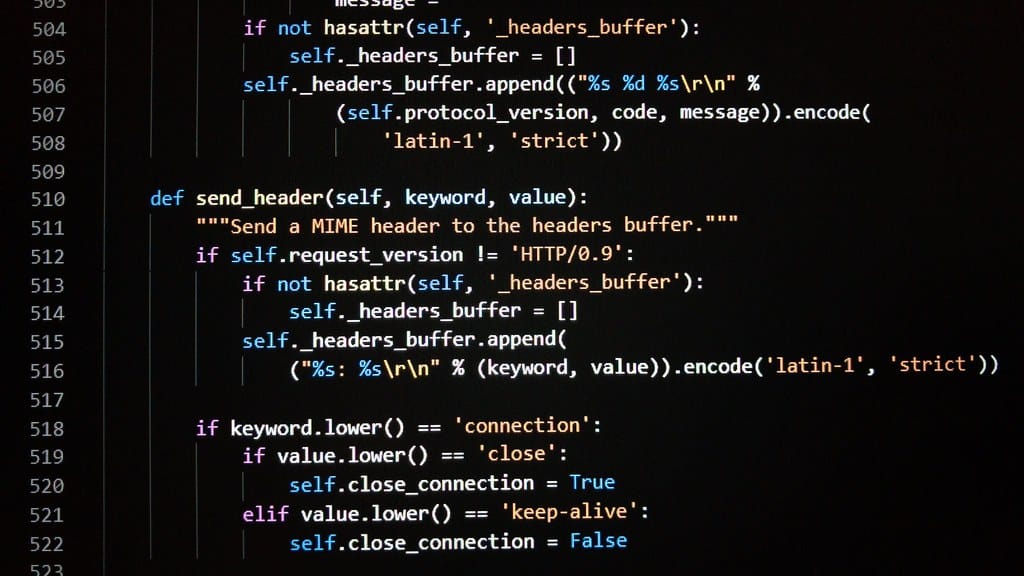Python Developers Embrace PostgreSQL and AI While Rust Gains Ground in Package Development
The Python ecosystem is experiencing a significant shift as developers increasingly favor PostgreSQL over traditional database choices, welcome AI coding assistants into their workflows, and surprisingly turn to Rust for performance-critical package development, according to recent survey findings that reveal evolving preferences in one of the world's most popular programming languages.
PostgreSQL Claims Database Dominance
The survey results show a marked preference for PostgreSQL among Python developers, signaling a departure from the historical dominance of MySQL and SQLite in many Python projects. This shift reflects PostgreSQL's growing reputation for reliability, advanced features, and strong support for complex data types that align well with modern Python applications.
PostgreSQL's appeal lies in its robust feature set, including advanced indexing capabilities, full-text search, and native support for JSON data types – features that complement Python's flexibility and are essential for contemporary web applications, data science projects, and API development.
"PostgreSQL has become the Swiss Army knife of databases for Python developers," explains the trend. Its ACID compliance, concurrent handling capabilities, and extensive ecosystem of extensions make it particularly attractive for Python developers working on scalable applications.
AI Coding Agents Transform Development Workflows
Perhaps more striking is the widespread adoption of AI-powered coding assistants among Python developers. The survey reveals that developers are not just experimenting with AI tools – they're integrating them into their daily workflows with measurable productivity gains.
These AI coding agents are proving particularly valuable for Python development due to the language's readable syntax and extensive documentation, which provides rich training data for AI models. Developers report using AI assistants for everything from writing boilerplate code and generating test cases to debugging complex algorithms and optimizing performance.
The integration of AI tools represents more than just a productivity boost; it's changing how developers approach problem-solving. Rather than replacing human creativity, these tools are augmenting developer capabilities, handling routine tasks while freeing developers to focus on architecture, design, and complex business logic.
Rust's Surprising Role in Python's Future
One of the most intriguing findings is the growing adoption of Rust for developing Python packages, particularly those requiring high performance. This trend, while seemingly counterintuitive, reflects a pragmatic approach to the limitations of Python's Global Interpreter Lock (GIL) and the need for computationally intensive operations.
Projects like Pydantic, Polars, and tokenizers demonstrate how Rust can provide Python packages with near-C performance while maintaining memory safety. The combination allows developers to write high-level Python code while leveraging Rust's performance for critical components.
This hybrid approach is particularly popular in data science, machine learning, and web development frameworks where performance bottlenecks can significantly impact user experience. The seamless integration between Python and Rust through tools like PyO3 has made this cross-language development approach increasingly accessible.
Industry Implications and Developer Sentiment
These trends reflect broader changes in software development priorities. The preference for PostgreSQL suggests developers are prioritizing data integrity and advanced features over simplicity. The embrace of AI tools indicates a pragmatic acceptance of augmented development practices. Meanwhile, the turn to Rust for performance-critical components shows a willingness to adopt multi-language solutions for optimal results.
The survey findings also highlight the Python community's continued evolution and adaptability. Rather than being constrained by language limitations, Python developers are embracing complementary technologies that enhance their capabilities while preserving Python's core strengths in readability and rapid development.
Looking Ahead: A Mature Ecosystem
These developments paint a picture of a mature Python ecosystem that's not afraid to evolve. The combination of PostgreSQL's robust database capabilities, AI-assisted development, and Rust-powered performance optimizations suggests that Python's future lies not in isolation but in thoughtful integration with best-of-breed technologies.
For organizations and developers, these trends signal important considerations for technology stack decisions. The growing standardization around PostgreSQL, the productivity gains from AI coding assistants, and the performance benefits of Rust integration represent compelling reasons to reevaluate current approaches.
As Python continues to dominate in web development, data science, and artificial intelligence applications, these survey findings suggest that the language's ecosystem is becoming more sophisticated, performant, and developer-friendly than ever before. The key takeaway is clear: Python's future success lies not just in the language itself, but in its ability to seamlessly integrate with the broader technology landscape.
